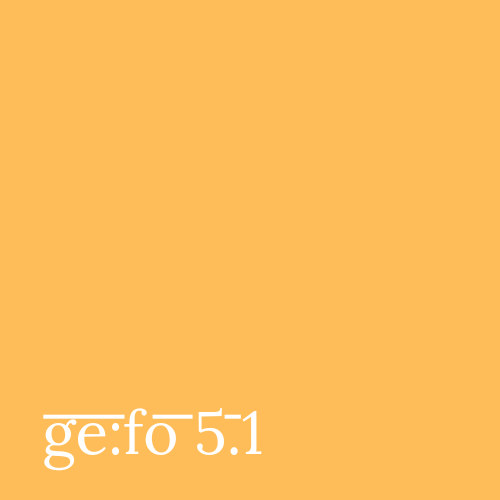More to the Story: Discursive Violence in Aimée and Jaguar
DOI:
https://doi.org/10.18716/ojs/gefo/2006.2931Keywords:
Aimée and Jaguar, lesbianism, racist and classist dynamicsAbstract
The story of Aimée and Jaguar can be read on multiple levels. Indeed, it comes to us already in two incarnations. Erica Fischer published her novel Aimée and Jaguar: A Love Story, Berlin 1943 in 1994. In 2001, Max Färberböck's movie, Aimée and Jaguar: A Love Greater than Death was released. Though these two different representations reveal oppositional and competing sociological, political, and cultural agendas, what emerges is that there is no ultimate, objective 'truth.' This story, as is it is told by Fischer and Färberböck, represents lesbianism as a site of resistance to the National Socialist eugenicist agenda. But finally, this story reinscribes the racist and classist dynamics it sets out to critique. What emerges from close readings of both the novel and the film is that non-heteronormative relationships are not inherently revolutionary, but instead often reproduce (whether consciously or not) hegemonic power relations and discursive violence.



